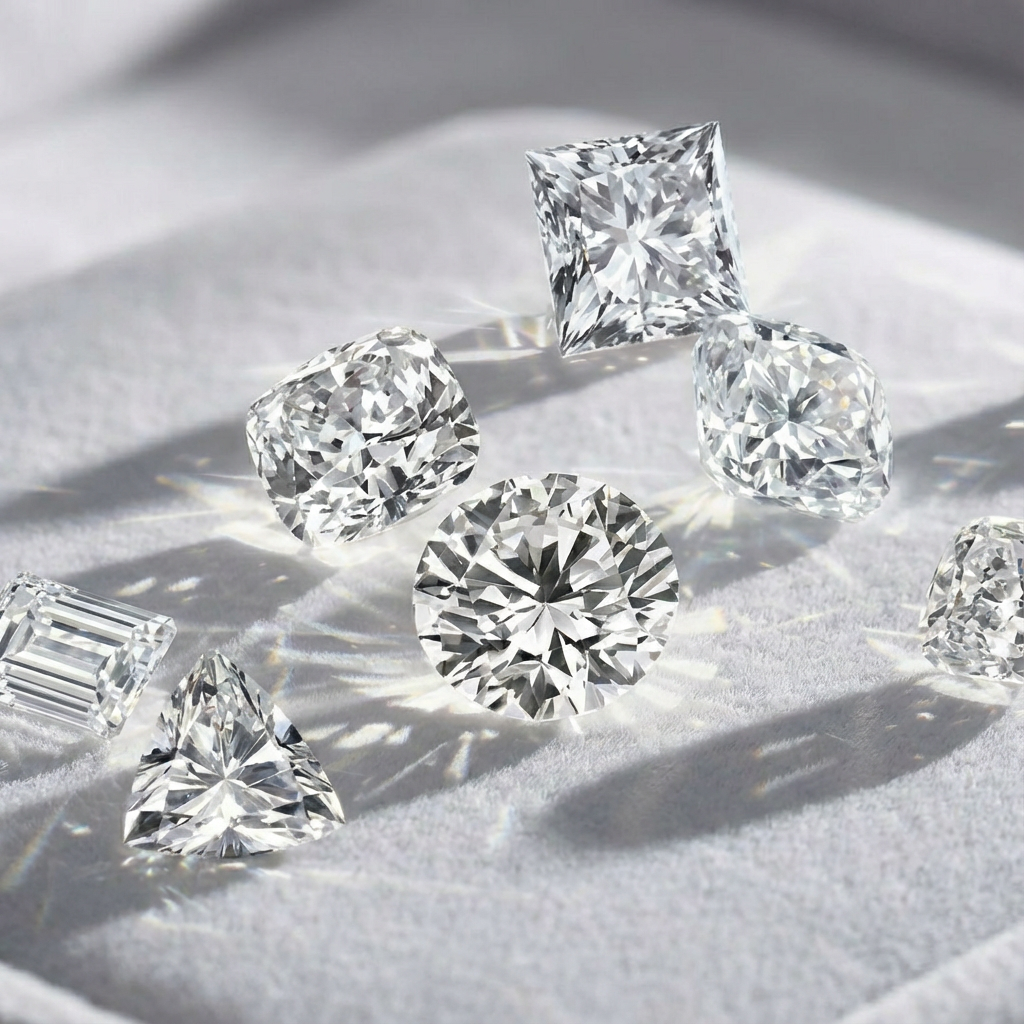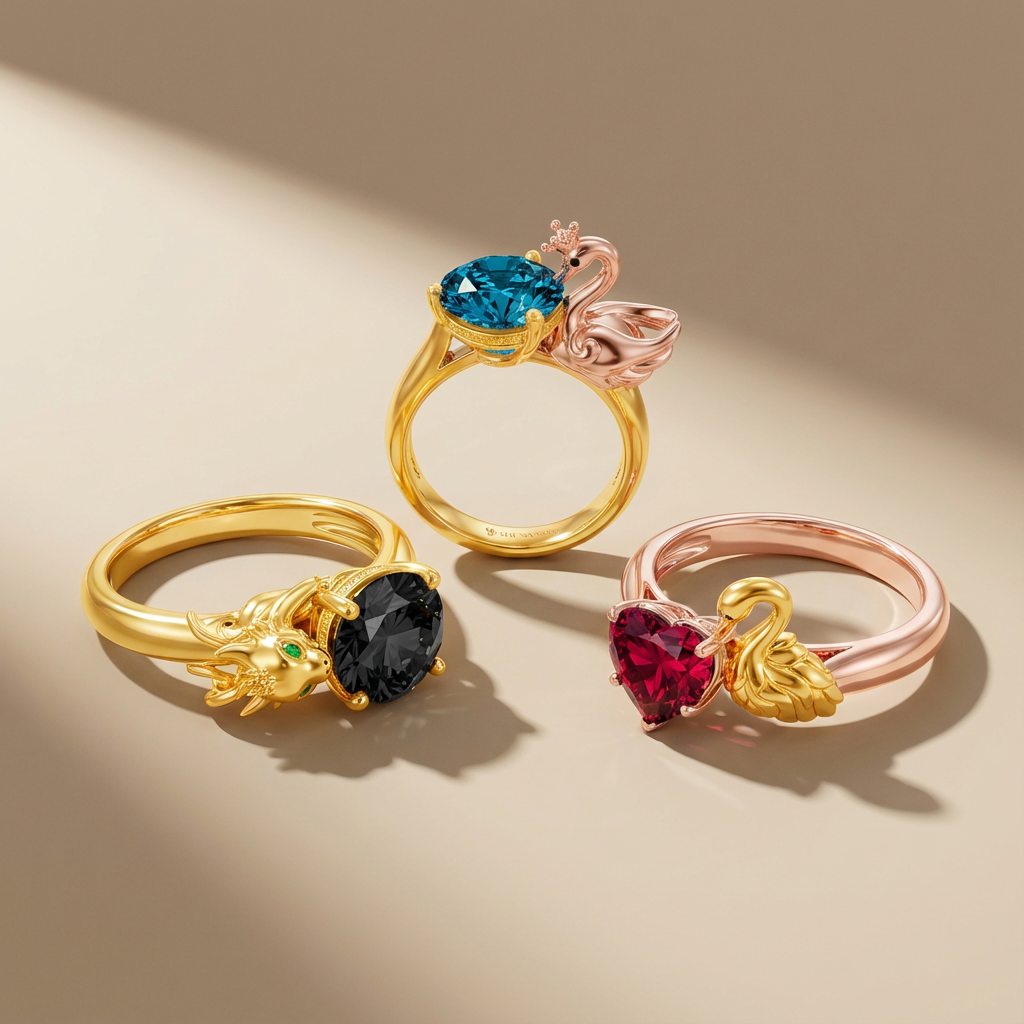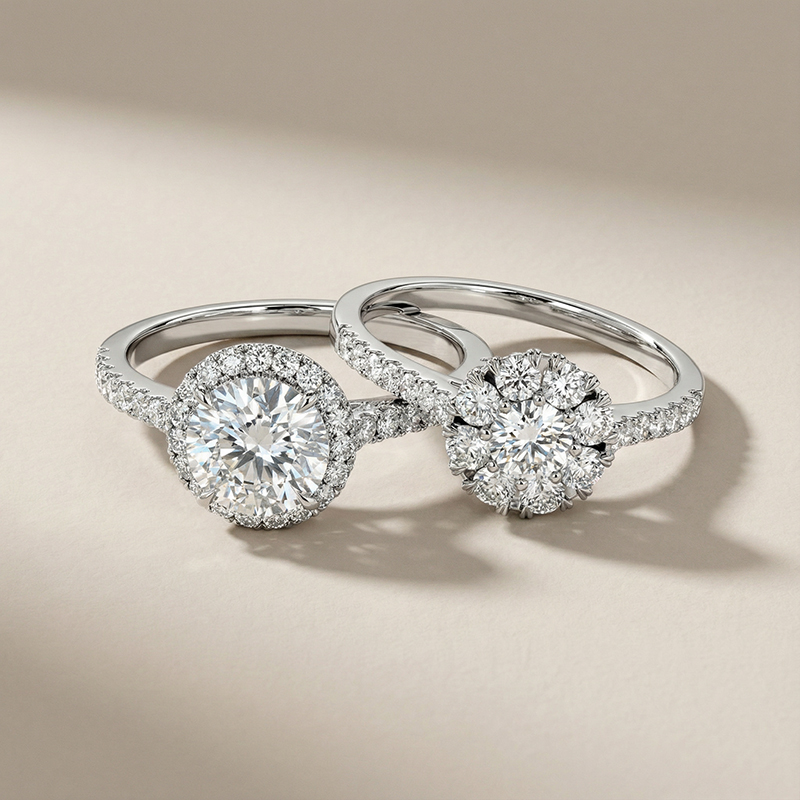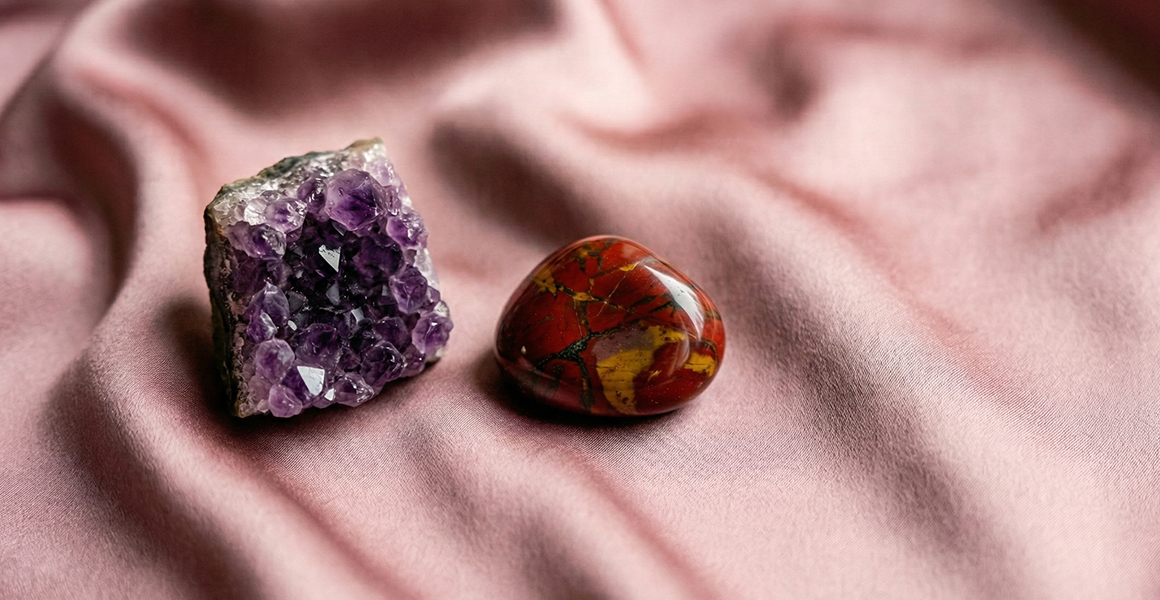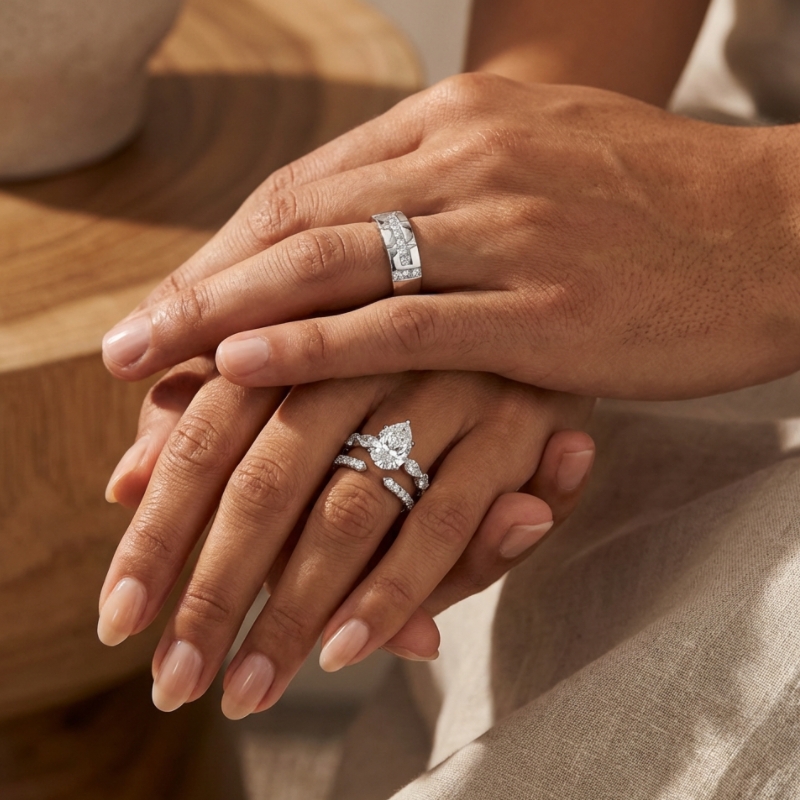The mysterious purple has been a royal color for many countries, not only in ancient times and nowadays. People worldwide love and chase this beautiful color because of its rarity and unique hue. For a thousand years, they explored various gorgeous violet gemstones and crafted countless fine jewelry to perpetuate this fascinating hue. Today, SHE·SAID·YES will show you some purple-colored gems and give you an in-depth understanding of these treasures.
Amethyst
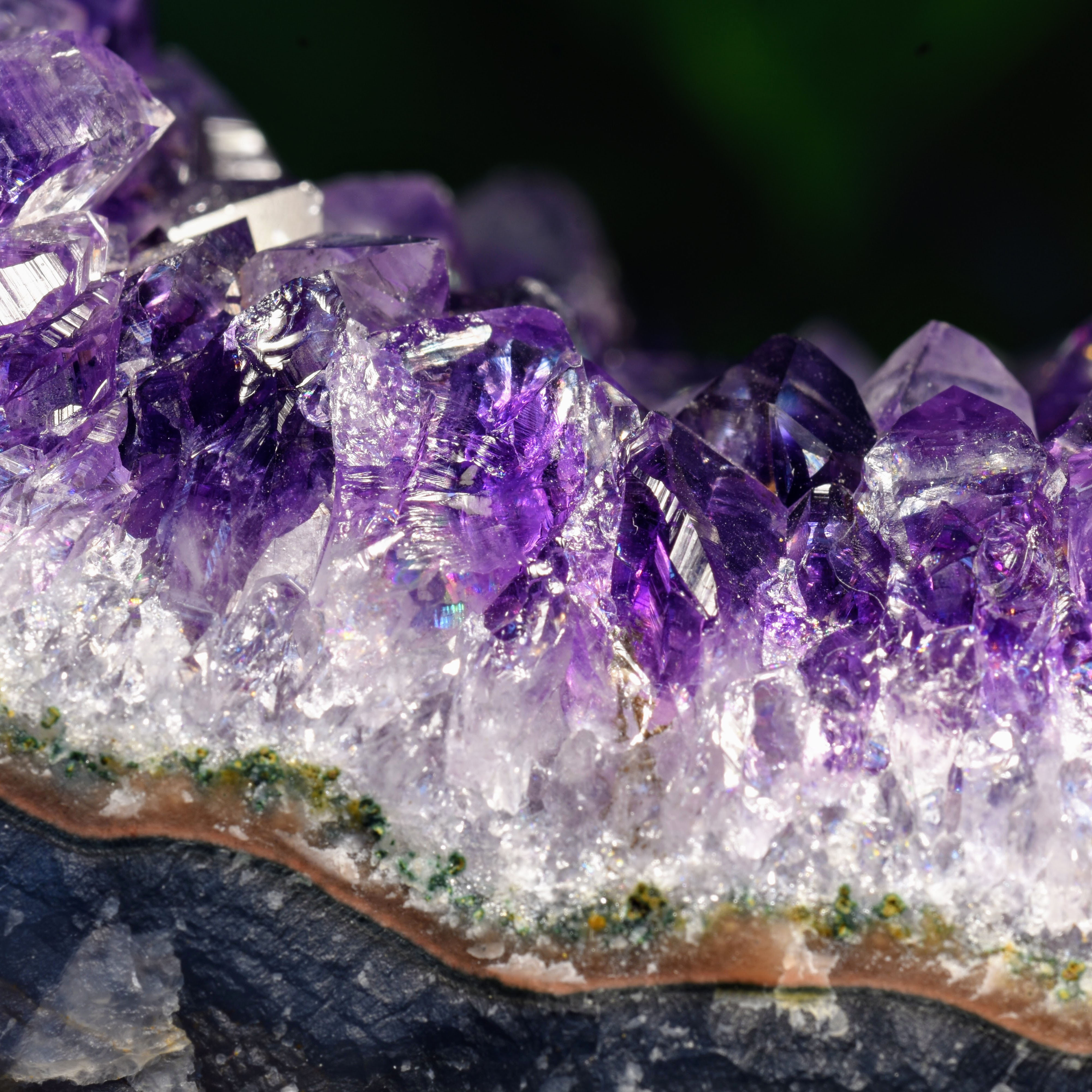
The most well-known purple shade gemstone absolutely belongs to the February birthstone Amethyst. It’s a sort of quartz with a unique violet color. Like most fancy-colored gemstones, Amethyst attained its hue from irradiation, some special iron impurities, or other trace elements. Despite the classic violet color, it also presents different purple shades. Ranging from light lilac to a deep, intense royal purple, it sometimes has a cool bluish-purple or a reddish purple referred to as “raspberry.” Also, Amethyst frequently shows color zoning, with the most intense color typically found at the crystal terminations. This magical feature is one of this reason for its popularity. Additionally, people believed that it was a protection from the evil spirit and could keep them cool-headed. Nowadays, you can find it almost everywhere in the world, so Amethyst jewelry is quite affordable for everyone.
Tanzanite
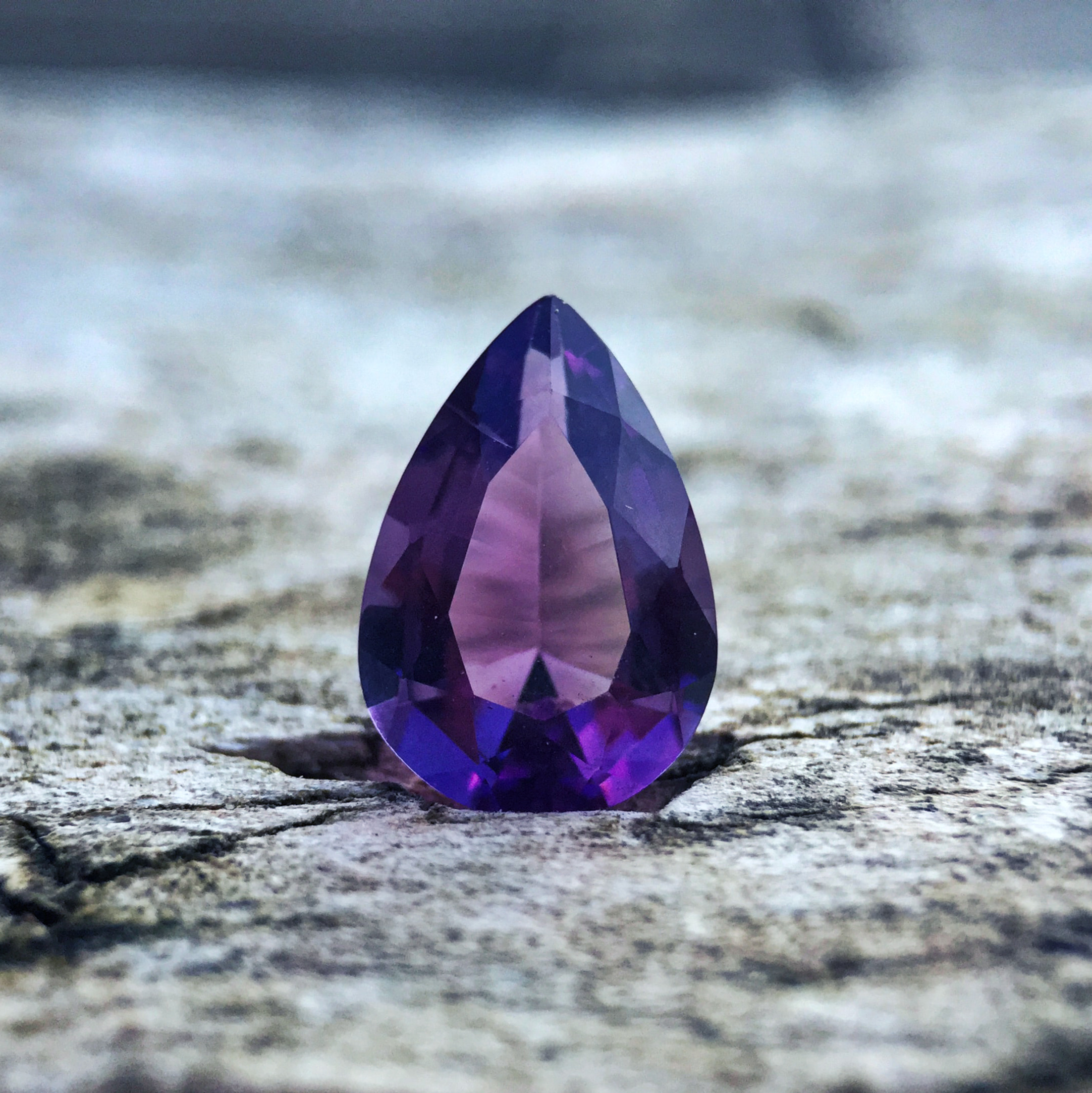
Tanzanite belongs to the epidote mineral group and is a blue and purple variety of zoisite caused by small amounts of vanadium. It was named by Tiffany & Co and represented the country in which it was discovered—Tanzania. However, the most prominent feature of the Tanzanites is the unusually strong trichromatic. This means that Tanzanite can appear in a variety of colors, including blue, purple, and burgundy, under different lighting conditions. However, the natural Tanzanite attains a reddish brown and its blush-purple color results from the heating treatment. Today, nearly all of the Tanzanites are the enhanced result of heating, and this advanced technology provides many opportunities for colored-gemstone jewelry.
Sugilite
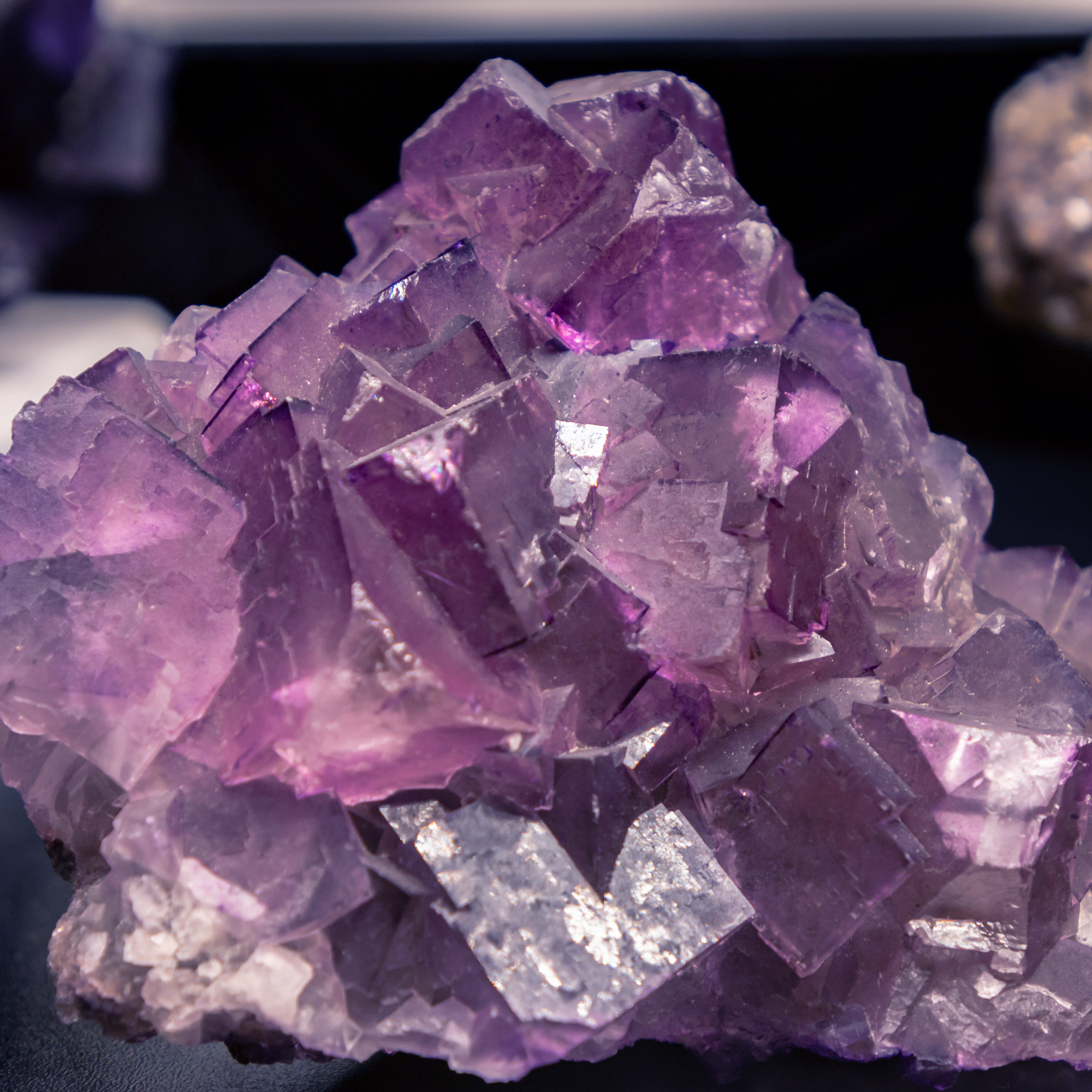
The second beautiful purple gemstone is Sugilite, a relatively rare pink-to-purple cyclosilicate mineral. It owns unique crystallizes in the hexagonal system with prismatic crystals in a massive form, which is usually seldom found. In addition, the composition of Sugilite varies differently: iron, manganese, and aluminum can substitute for one another. All these diverse elements and properties could create a completely different pinkish-purple shade in Sugilite. But most of this charming purple color results from small amounts of manganese. Due to its rarity, Sugilite isn’t familiar to customers and hardly appears in the jewelry market. So some sugilite stone beads and figurines of good quality are precious collectibles.
Iolite
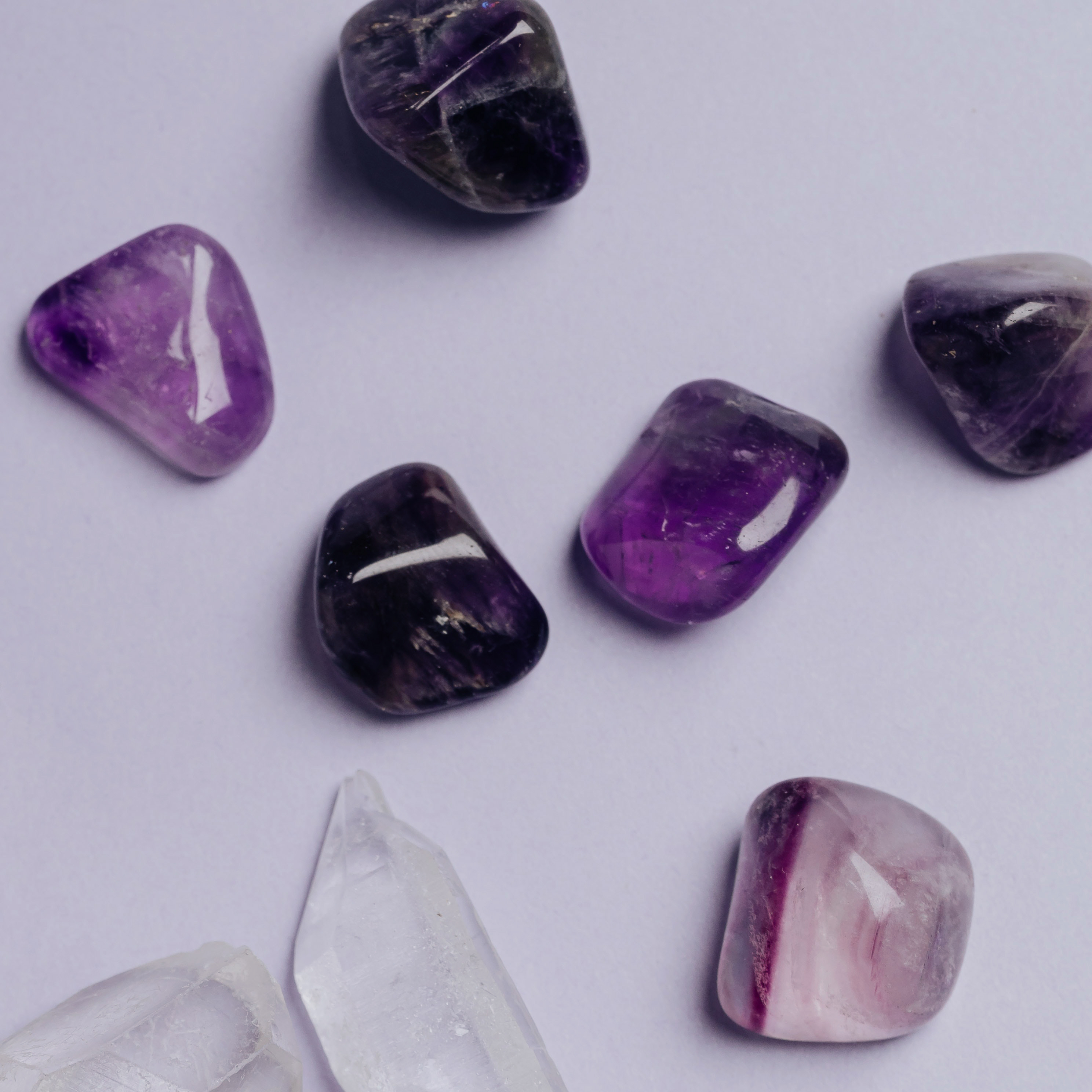
Deriving from the Greek word “ios,” the striking purple gem iolite means “violet.” It’s a silicate mineral of aluminum, iron, and magnesium. Meanwhile, despite its beautiful, violetish blue through slight violetish-blue hue, it also has a striking, eye-visible pleochroism. This unique feature appears from light and dark violet to yellow-brown pleochroic colors. But unlike Tanzanite, iolite is hardly ever treated. Its natural violet shade has been popular among customers for years.



